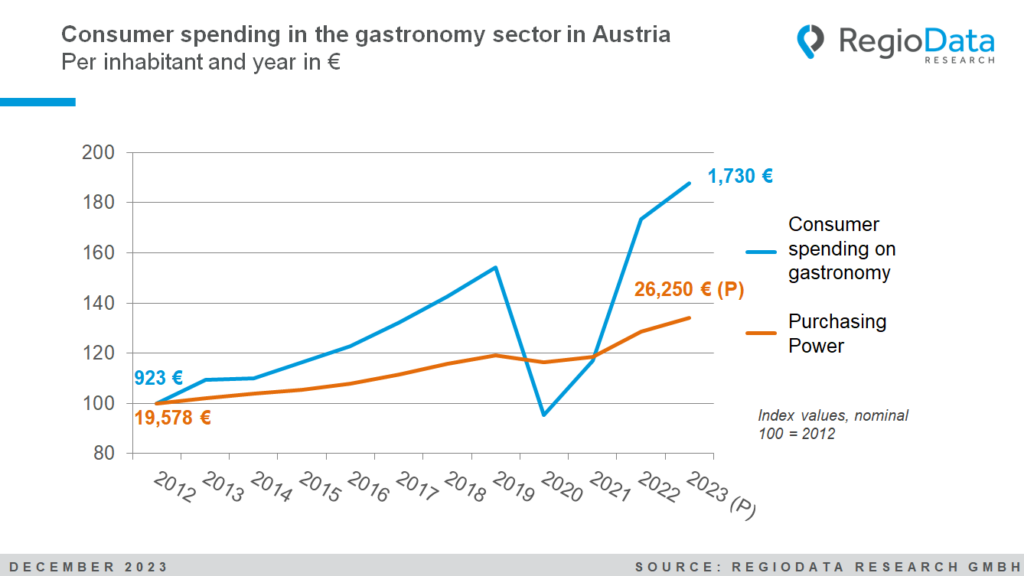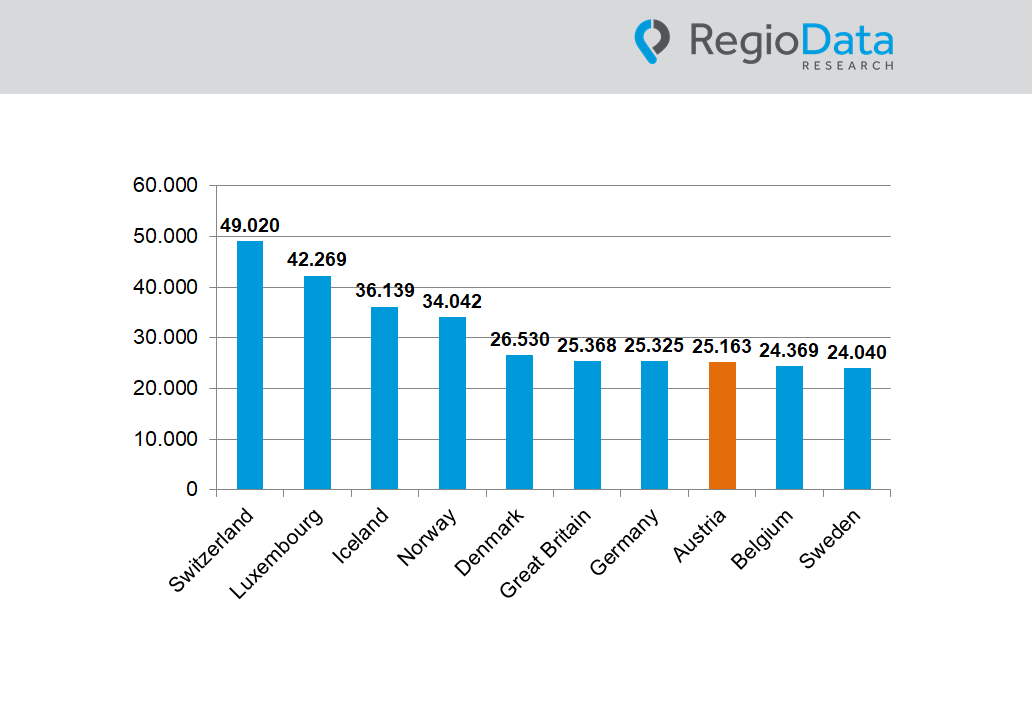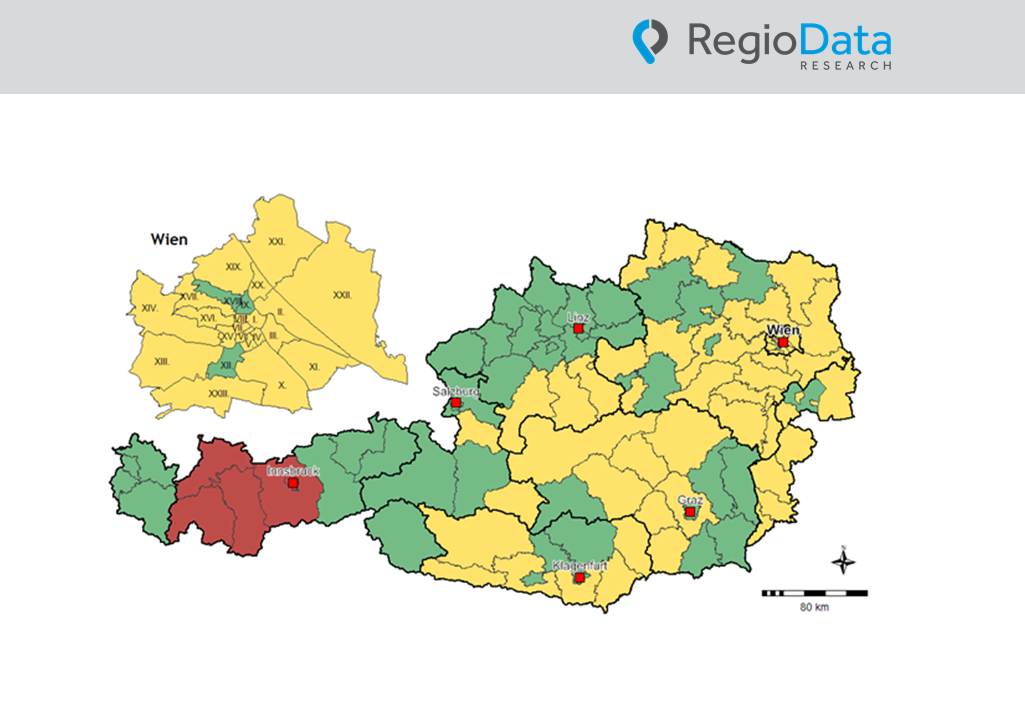Austria
Gastronomy has long overcome the corona shock
For more than 10 years, the consumer spending of private households on gastronomy has been rising significantly faster than the overall purchasing power – with one dramatic exception: this trend was abruptly interrupted by lockdowns, mask mandates, and other restrictions. The declines would have been even more severe if the government had not intervened with support measures such as reduced working hours compensation, temporary VAT reduction, etc. Additionally, the creativity of gastronomy establishments and the surge in food deliveries have alleviated many challenges. Since 2022, the gastronomy sector has returned to the growth path overall and is now even stronger than before.
Currently, each Austrian spends an average of €1,700 on eating out, nearly doubling in the last 10 years. When including the revitalized spending by tourists, the total turnover reaches nearly €12 billion.
However, not all segments of the industry are thriving. While night gastronomy and traditional pubs (think “pub decline”) often face significant problems, evening gastronomy, especially in urban areas, is booming. The reasons for this slow but massive structural change lie in the significantly altered customer needs. Different types of establishments are increasingly required to meet criteria such as being healthy, regional, organic, sustainable, trendy, extraordinary, etc. Those who continue to offer only greasy pork roast in an outdated setting will undoubtedly continue to lose.
The primary cause of the consistently increasing gastronomy turnover is the behavior of younger target groups, who more frequently utilize the offerings of evening gastronomy. Meeting friends, experiencing together, and discovering the extraordinary are particularly pronounced after the era of COVID-19. Gastronomy is responding to these expectations with creative food and beverage offerings, target group-appropriate furnishings, and various additional services.
Overall, despite the years of existential threats for many establishments and the current challenges of price increases, staff shortages, and cost burdens, the industry can likely look forward to a positive future.
Share post




